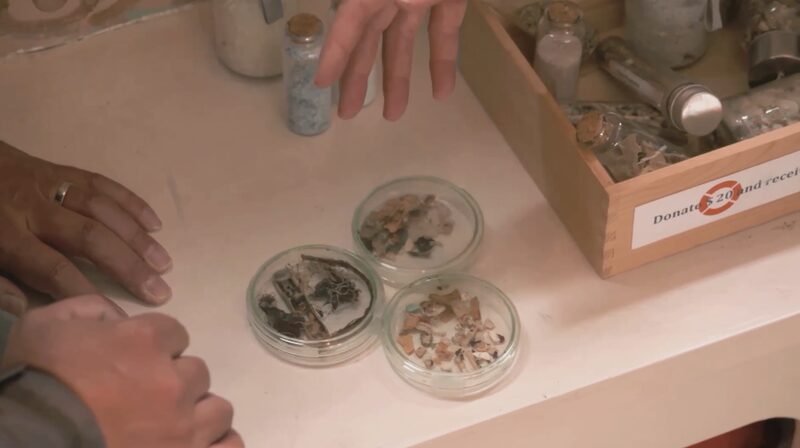Is the microscopic world of plastics affecting our ability to start families? In Italy, a country facing one of Europe’s steepest fertility declines, new research suggests microplastics could be a hidden factor.
Last year, Italy witnessed a 2.6% drop in births, marking the sixteenth consecutive year of decline. While economic struggles and societal changes are often blamed, scientists in the coastal town of Salerno have uncovered a startling discovery.
At a local fertility clinic, researchers analyzed the ovarian follicular fluid of 18 women undergoing assisted reproductive treatments. In 14 of them, microplastics were present. This fluid is essential, as it surrounds and nourishes developing eggs, playing a crucial role in fertility.
“The results are very alarming,” said Luigi Montano, the study’s lead author. Published in the journal Ecotoxicology and Environmental Safety, the study highlights how these tiny pollutants might invade the female reproductive system.
Microplastics, often carriers of harmful chemicals like PFAS and bisphenol, have been linked to cancer and hormonal disruptions. Montano believes they might also contribute to declining sperm counts, suggesting a broader impact on human fertility.
Globally, infertility is a growing concern. The World Health Organization estimates that 17.5% of couples worldwide face challenges conceiving. Xiaozhong Yu, a microplastics researcher at the University of New Mexico, emphasized the need for further studies, stating, “This is the work in the next phase—we need to quantify.”
As microplastics permeate our environment, questions arise: Could these tiny particles be fueling a global fertility crisis? While more research is needed, this discovery underscores the importance of addressing pollution and its hidden impacts on our health.
Reference(s):
cgtn.com








